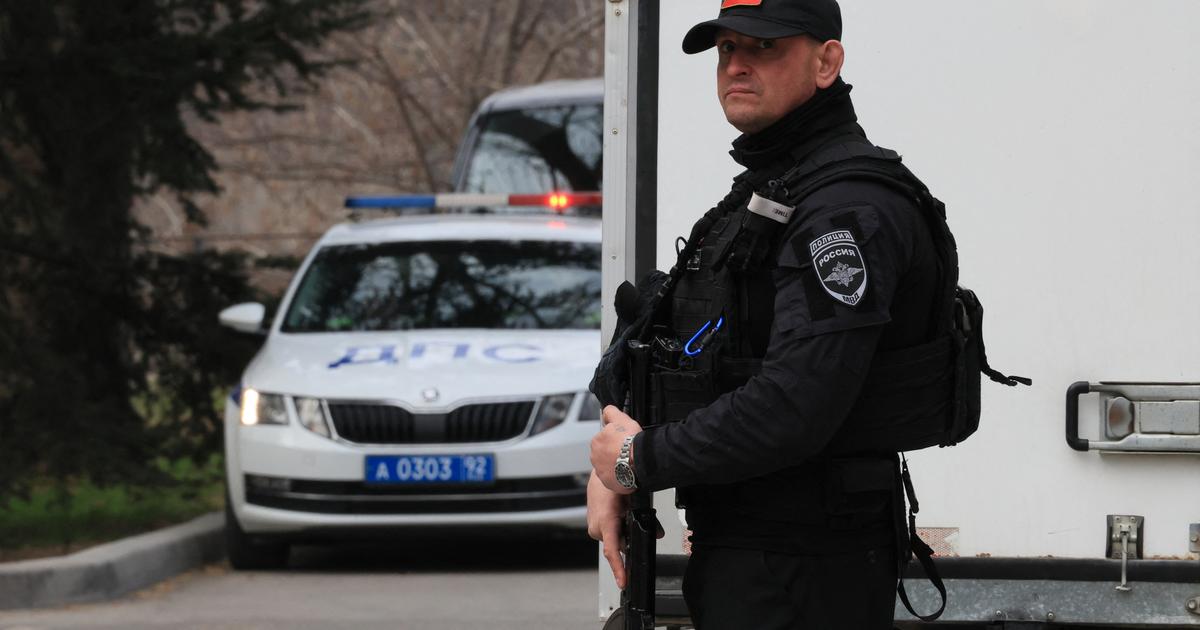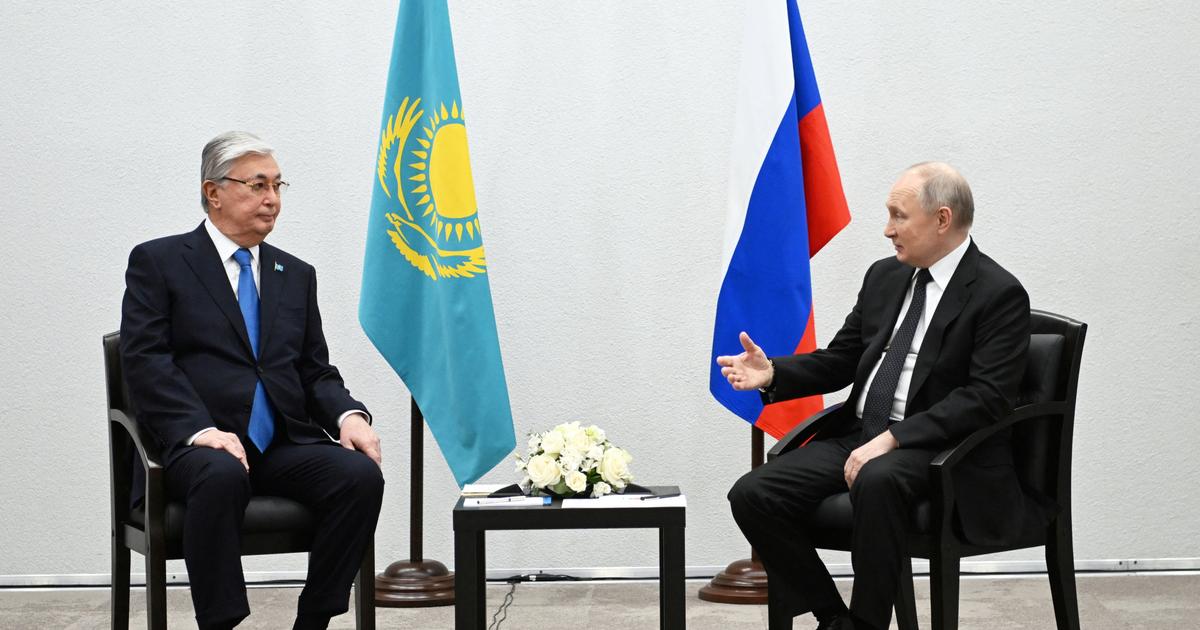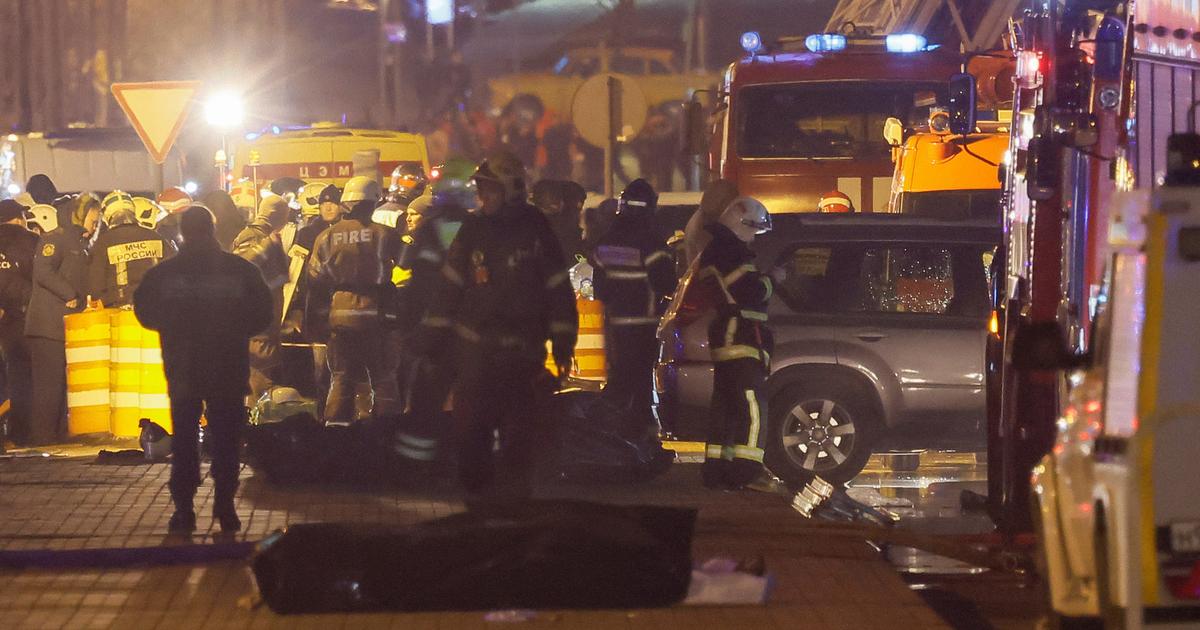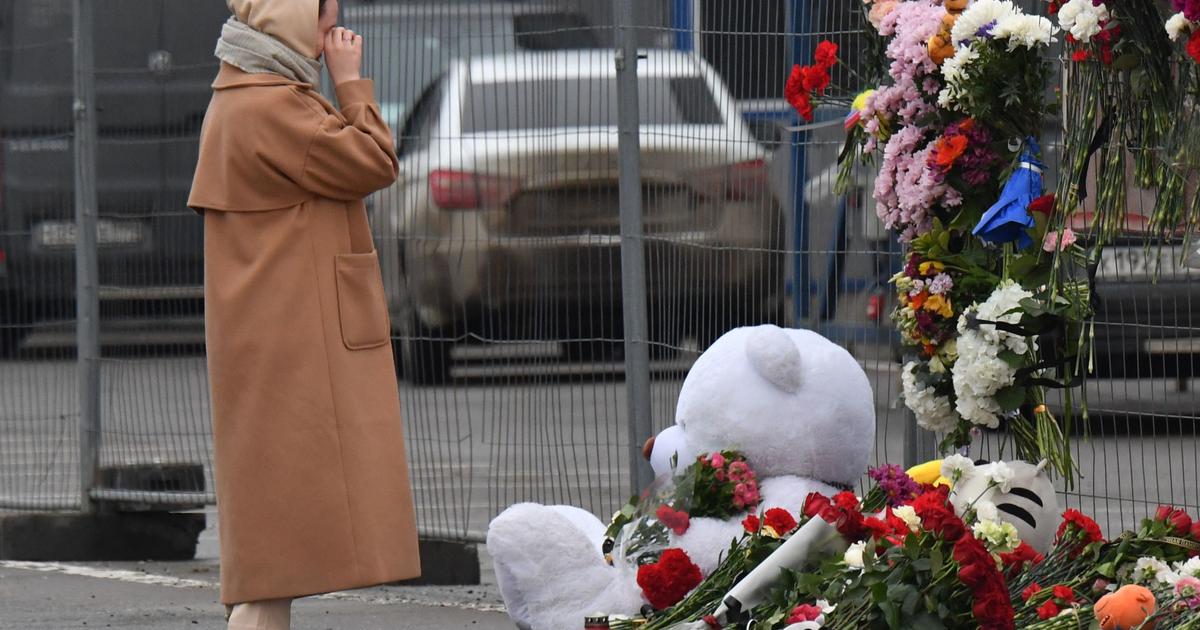The conflict between Armenians and Azerbaijanis in the territory of Upper Karabakh, which in recent days has worsened again with dozens of deaths, has a historical background in which a key role corresponds to the territorial divisions of Stalin's national policy, which turned the USSR in a space strewn with mines.
The current chapter began in 1988, when the authorities of the Upper Karabakh Autonomous Region (founded in 1923) asked the Soviet leaders in Moscow to transfer that territory (belonging to the Azerbaijan Soviet Socialist Republic) to the Soviet Socialist Republic of Armenia.
Already a year earlier, in 1987, a tragic exodus had begun in the Caucasus that left Armenia and Upper Karabakh without an Azerbaijani population and Azerbaijan without an Armenian population.
In various episodes of "ethnic cleansing" both parties committed atrocities that increased mutual hatred between the two communities.
The territory controlled today by the Armenians is not only that of the Soviet autonomy of Upper Karabakh (about 4,400 square kilometers), but also includes seven other districts around it, which together total more than 8,000 square kilometers.
This area, considered a seat belt by Armenians, is for the most part looted and depopulated, although Upper Karabakh has organized settlements of Armenian immigrants from places like Syria and the Middle East, especially in its western part, where they pass the three corridors that link Upper Karabakh with Armenia as an umbilical cord.
After the disintegration of the USSR in 1991, the war continued until in 1994 a ceasefire was reached between the parties.
The situation established then has been maintained until today with sporadic incidents.
Of all the registered crashes, those of September 27 are by far the largest due to the magnitude of the clashes and the victims, and also because they are added to many other aggravating factors, which have appeared in recent years and did not exist. in the 1990s when the Minsk group, led by Russia, France and the US, was created under the aegis of the OSCE, to guide negotiations between the parties.
In the work of this forum there have been various times and even some in which a peaceful solution seemed possible, for example in 2001 when the US brought together Presidents Heidar Aliev and Robert Kocharián in Key West (Florida).
Washington is today more distant from the problems of Upper Karabakh and none of the phased schemes devised in these years came to be put into practice, not even the one that would have been a gesture of goodwill to bring two or three districts under the control of peacekeepers of the seven occupied (for example those on the border with Iran) by Armenians outside the old autonomy.
The economic and development incentives (new oil routes and reopening of communications through the Caucasus) have not worked either.
In the confrontation with Azerbaijan, the roles that have corresponded to Armenia as a state and Upper Karabakh as a rebel territory have been different from time to time.
For the time being, a formal division remains between the Armenian state and Upper Karabakh.
Armenia, which does not recognize Upper Karabakh as a state, has been led for 20 years by two presidents from Upper Karabakh, Robert Kocharián (1998-2008) and Serzh Sargsyan (2008-2018), both members of a tough, dominant lobby in the politics of Eriván.
The current prime minister, Nikol Pashinian, who came to power in 2018, is an outsider to this lobby, but has embraced their cause.
Erivan tries to take the conflict out of the regional arena and place it in the context of a confrontation between Russia and Turkey in the Caucasus.
Russia is a military ally of Armenia, where it has a military base, and both countries are part of the Organization of the Collective Defense Agreement (ODKV), which means that Moscow should intervene in defense of Armenia, should this country be the subject of a threat. Exterior.
As Upper Karabakh is not formally part of Armenia, Russia is not in the throes of having to help it against Azerbaijan.
It would be another thing if Azerbaijan attacked the territory of the Armenian state.
Azerbaijani analysts say they fear provocations that could justify a Russian intervention in the conflict.
It happens, however, that Russia also has good relations with Azerbaijan, a country to which it also sells weapons.
Turkey, which also supplies Azerbaijan with weapons in addition to training its military cadres, has always verbally supported Baku on the Karabakh issue, but the tone used today by President Recep Tayyip Erdogan is more aggressive than before.
Erdogan's defense of the Azerbaijani cause may simply be rhetorical, but it could also indicate Ankara's willingness to brush or cross dangerous red lines in its relationship with Russia in the Caucasus, thus adding another source of tension to those that already exist between them. countries (Syria and Libya).
For Russia, the explosion of violence around Upper Karabakh is an untimely conflict, in addition to others in which Moscow has been involved in recent years, in Ukraine, Syria and Libya.
For the moment, Moscow is limited to asking the parties to lay down their arms and return to the negotiating table and again offers its own peacekeepers.
Russia and Turkey have complicated relations with their imperial past and their leaders cultivate their respective nationalist sectors. It remains to be seen how this new phase of the conflict in Upper Karabakh will affect these two authoritarian and expansionist countries and it remains to be seen whether the Caucasus will once again attract, as it did at the beginning of the 1990s, mercenaries, volunteers , fanatics and possessed of geostrategy, very little interested in the life of the local and real Azerbaijanis and Armenians.

/cloudfront-eu-central-1.images.arcpublishing.com/prisa/7QAZBZYRP6VL5Q47QRADLSTGGI.jpg)







